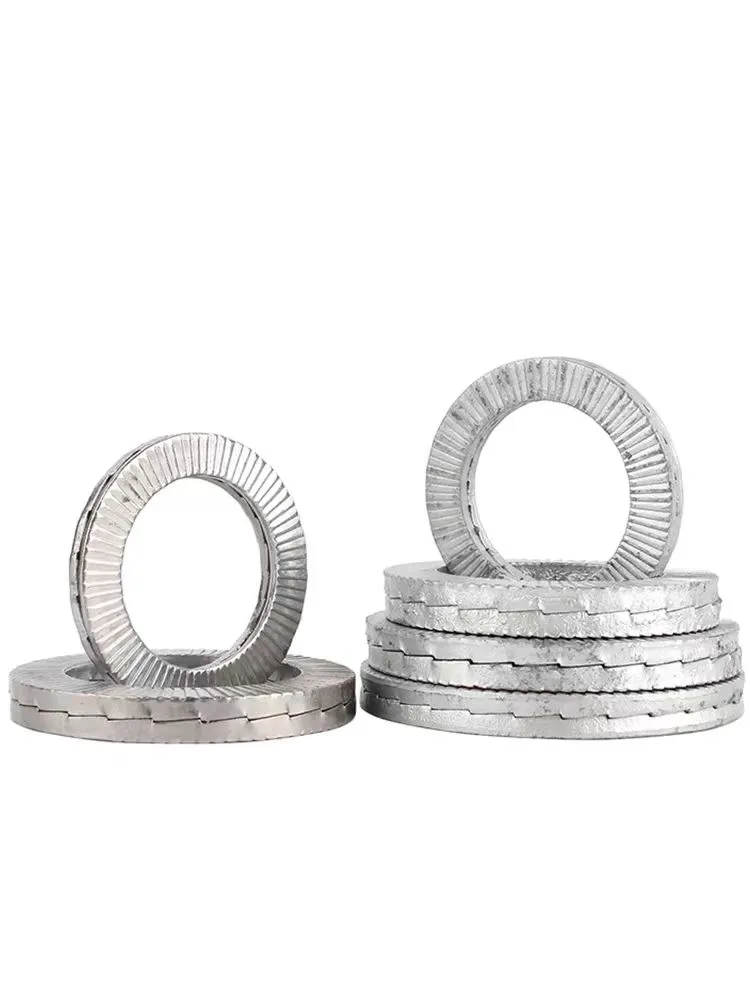

hardened flat washers
Ott . 09, 2024 02:37 Back to list
hardened flat washers
Understanding Hardened Flat Washers Applications and Benefits
Hardened flat washers are integral components in various engineering and manufacturing applications, known for their strength, durability, and effectiveness in distributing loads. These washers are specifically designed to withstand high pressures and resist deformation over time, making them an essential choice for industries that demand reliability and performance.
What are Hardened Flat Washers?
Hardened flat washers are circular pieces of metal with a hole in the center, used to distribute the load of a threaded fastener, such as a bolt or screw. The hardened aspect refers to the process of heat treatment and hardening that the metal undergoes, enhancing its mechanical properties. Typically made from materials like steel, stainless steel, or alloy, these washers offer high tensile strength and resistance to wear and corrosion.
Applications of Hardened Flat Washers
Hardened flat washers are employed in a myriad of applications across different industries, including
1. Construction In building structures, these washers are used to secure steel beams and other components, preventing movement and enhancing stability. Their ability to withstand harsh environmental conditions is crucial in ensuring the safety and longevity of construction projects.
2. Automotive The automotive industry uses hardened flat washers in engine assembly, suspension systems, and other critical road components. Their durability ensures that mechanical parts are securely fastened, preventing failures that could lead to accidents.
3. Aerospace In aerospace applications, where precision and safety are paramount, hardened flat washers are critical in securing parts within aircraft. They help to minimize vibrations and ensure that components remain intact during operation.
hardened flat washers

4. Manufacturing and Heavy Machinery In manufacturing equipment and heavy machinery, these washers play a vital role in maintaining the integrity of machinery and tools. They are designed to handle high loads and reduce the stress on bolts and screws.
Benefits of Using Hardened Flat Washers
1. Load Distribution One of the primary functions of hardened flat washers is to distribute the load evenly across a surface. This helps in preventing localized stress that could lead to material failure. By providing a larger surface area, these washers reduce the chances of damaging the materials being fastened.
2. Prevention of Galling Galling is a type of wear caused by adhesion between sliding surfaces, which can lead to serious mechanical issues. Hardened flat washers mitigate this risk by providing a smooth surface that reduces friction between moving parts.
3. Increased Longevity Due to their enhanced hardness and resistance to wear, these washers typically have a longer lifespan compared to standard washers. This longevity translates to reduced maintenance costs and less frequent replacements, leading to overall cost savings.
4. Versatility Hardened flat washers are available in various sizes and thicknesses, making them suitable for a wide range of applications. This versatility allows engineers and designers to choose the right washer for their specific requirements.
5. Corrosion Resistance Many hardened flat washers are made from stainless steel or coated with corrosion-resistant materials, making them ideal for use in harsh environments. This feature is particularly important in applications exposed to moisture and chemicals.
Conclusion
Hardened flat washers are more than just simple metal discs; they are crucial components in ensuring the reliability and safety of countless applications across multiple industries. Their ability to withstand high loads, resist wear and tear, and prevent galling highlights their importance in modern engineering. By choosing the right hardened flat washer for an application, engineers can enhance the performance and durability of their projects, leading to safer and more efficient operations. As industries continue to evolve, the role of hardened flat washers will remain vital in meeting the demanding challenges of modern technology.
Latest news
-
Hot Dip Galvanized Bolts-About LongZe|High Strength, Corrosion Resistance
NewsJul.30,2025
-
High-Strength Hot Dip Galvanized Bolts - Hebei Longze | Corrosion Resistance, Customization
NewsJul.30,2025
-
Hot Dip Galvanized Bolts-Hebei Longze|Corrosion Resistance&High Strength
NewsJul.30,2025
-
High-Strength Hot-Dip Galvanized Bolts-Hebei Longze|Corrosion Resistance&High Strength
NewsJul.30,2025
-
Hot Dip Galvanized Bolts-Hebei Longze|Corrosion Resistance&High Strength
NewsJul.30,2025
-
Hot Dip Galvanized Bolts - Hebei Longze | Corrosion Resistance, High Strength
NewsJul.30,2025

